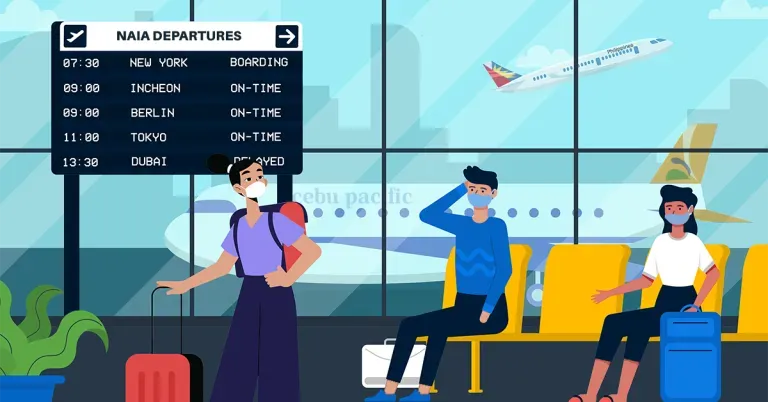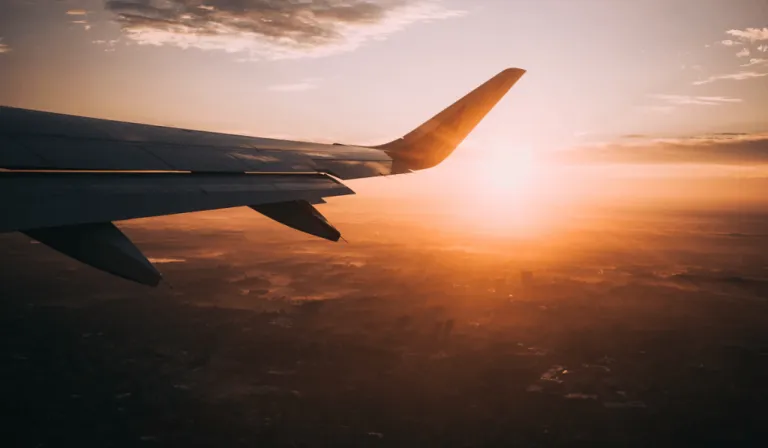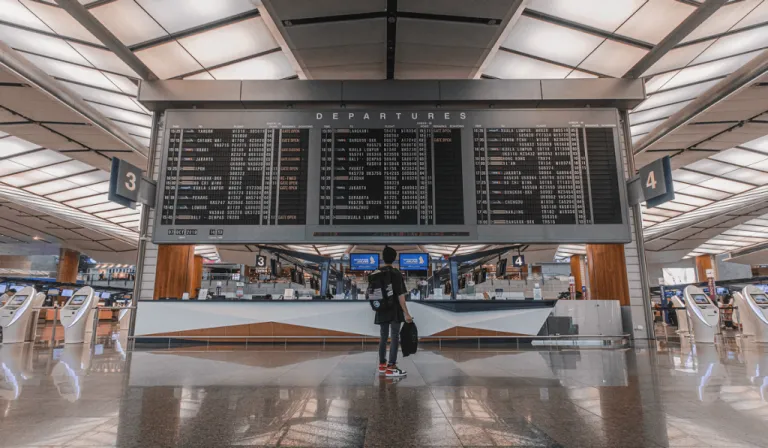Ready for a solo travel?
A Look at New International Travel Guidelines in the Philippines

When Ninoy Aquino International Airport (NAIA) resumed operations in May 2020, it didn’t necessarily mean the return of overseas travel as we know it. In fact, international travel guidelines in the Philippines remain restricted to just a few categories of travellers.
In June, the Manila International Airport Authority (MIAA), the principal body managing NAIA, released new protocols for those flying to or from the Philippines during the pandemic. Local carrier Philippine Airlines supported the initiative by sharing an advisory detailing departure and arrival procedures for international passengers in NAIA.
Put together, here are the new guidelines to follow if you’re planning to fly to or from the Philippines amid, and possibly after, the COVID-19 pandemic.
Also read: Who Can Fly During the GCQ in Metro Manila?
New international travel guidelines in the Philippines
Flying from the Philippines

Know if you are eligible to fly abroad
First, find out if you’re eligible to travel in your country of destination. As of June 2020, Filipinos are among several nationalities currently banned or required to undergo strict entry measures when arriving in select American, Asia-Pacific, European, and Africa-Middle Eastern countries. The list of places with international travel restrictions for Filipinos is available here.
You’ll also need to qualify in only four categories of passengers: Non-Filipino citizens, Overseas Filipino Workers (OFWs), students enrolled abroad (including those involved in exchange programmes), and permanent residents in another country. Remember to bring your passport and applicable documents that show your travel eligibility.
Confirm flight status with your airline
As flights during the pandemic change frequently, booked passengers should also first confirm their flight status with airline personnel. If your flight is cancelled, you can avail of flight rebooking or refund services. Passengers can confirm these details by visiting the official websites and social media pages of the airlines or by calling them directly.
You can also find out by contacting the MIAA text hotline at 0917-8396242 and 0918-9186242, the MIAA voice hotline at 88771-1111, and the MIAA official Facebook page at MIAAGovPh.
Review ticket details before going to NAIA
Upon confirmation of one’s flight, make sure to review the departure information indicated in your booked ticket. Remember that passengers may only enter NAIA during the day of their flight. This is to help facilitate social distancing measures within the airport. You can also read through the new normal procedures of NAIA and MCIA, which are currently the only two airports accepting international flights in the Philippines.
Flying to the Philippines

Know if you are eligible to enter the country
As per Philippine Airlines’ advisory, allowed inbound passengers only still include Filipino citizens (as well as their spouses and children), and diplomats or other foreign officials accredited in the Philippines. Any other individual who does not fit in either category may not travel to the Philippines for the time being.
Book an accredited hotel for quarantine
Any passenger arriving in the Philippines will go through mandatory quarantine. This would take three to five days in Manila and one to two days in Cebu. For this, you must book your own hotel or accommodation that’s accredited by the Department of Health (DOH). The booking should be confirmed and presented upon arrival in the designated Philippine airport.
The MIAA also stressed that relevant authorities will shoulder the booked rooms of OFWs. These would be the Overseas Workers Welfare Administration for land-based OFWs and the Maritime Industry Authority or the handling agency for sea-based OFWs. Travellers who don’t belong in these categories must pay for their own quarantine accommodation.
Undergo quarantine in arrival city
Upon arrival, take the swab test by the Bureau of Quarantine. While waiting for the results, one must stay in the reserved DOH-accredited hotel room. The said test is free for OFWs and other eligible passengers arriving via Manila.
Those who test negative may go back to their Philippine residence or locality and undergo an additional 14-day quarantine. Meanwhile, those who test positive for COVID-19 will be brought to a designated hospital for further medical evaluation and treatment.
Also read: Why These Pinoys Won’t Be Booking Trips Anytime Soon
For more flight updates, visit our Travel Deals section and join Flight Deals – Philippines on Facebook.
Illustration by Jan Alaba.
Published at
About Author
Joser Ferreras
Subscribe our Newsletter
Get our weekly tips and travel news!
Recommended Articles
Top 10 Post-Breakup Destinations for Healing and Self-Rediscovery 11.11 Seat Sales to Fly to Your Revenge Travel Destination The savings are beyond comparison!
Join the 2022 Korean Festival on 10–11 Sep at Glorietta Activity Center Enjoy traditional activities, games, and performances from K-pop artists!
MV 2GO Masagana’s Anniversary Embarks with a ₱99 Sea Sale! Book your next destination for less!
2GO Welcomes the Holiday Season With a ₱10 Sale This 10/10 You can now book a sailcation for ₱10, including a 50kg baggage allowance!
Latest Articles
Dingalan Travel Guide: Nature Spots to Discover Now Underrated coastal gem in Aurora
What to Eat in Bicol: Iconic Dishes and Treats, and Unique Pasalubong You’ll Love Spice up your foodie adventure with iconic Bicol dishes and must-try pasalubong!
Top Travel Trends in the Philippines for 2025 New spots, tips, and trends
New UK Adventure Park to Visit in Devon and Cornwall Fun countryside escape near London
Ultimate Camarines Norte Travel Guide: Waterfalls, Beaches, and More From surfing to secret waterfalls, Camarines Norte is your next escape!

